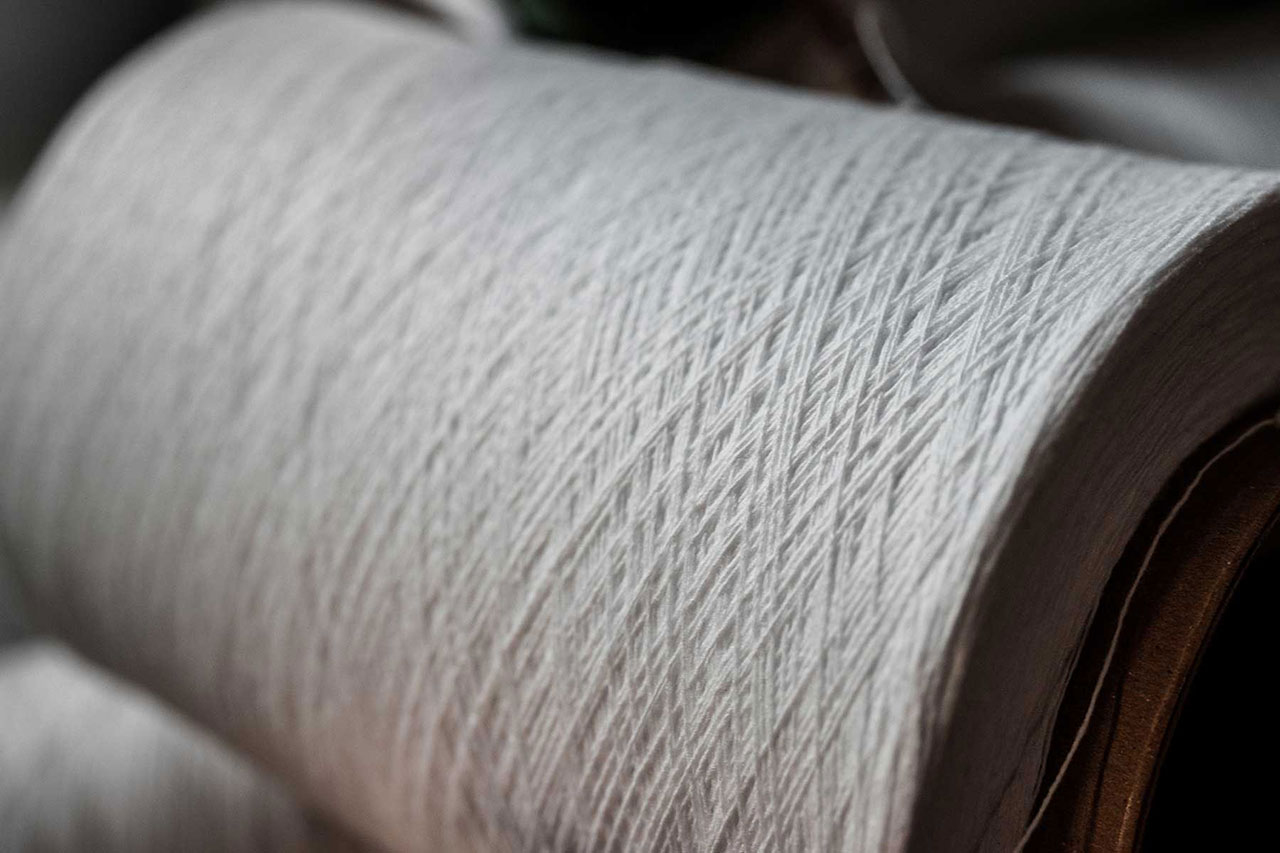Content/Materials

There are a vast array of materials available in socks these days,
Listed below are a few of the most popular.
Acrylic Fiber - Most widely used family of man-made fibers for socks. The fiber is generally warm and lightweight. Acrylic keeps its shape and properties, including resilience, softness, easy care, low-shrinkage, rich colorations and wicking. Examples are Duraspun® and Crestarn® .
Bamboo Yarn - Is a relatively new entry in the textile world, but it has become quite popular, and with good reasons. Bamboo is a pure natural raw material that wears well and is a natural antibacterial product.
Combed Cotton - The highest grade of cotton. It has been processed through a “comber” which removes short fibers and trash components to achieve higher uniformity and tenacity.
CoolMax® - A high performance fiber that moves sweat away from the body to the outer layer of fabric where it dries faster.
Cotton - Soft vegetable fiber widely used in socks. Cotton yarns are available in a wide variety of types and qualities. Long staple combed cotton is generally considered to provide the finest quality yarn for socks.
Cotton Lycra® - Yarn application where cotton fiber is wrapped around a core of Lycra® .
Duraspun® -This high bulk acrylic wicks moisture away from feet three times better than cotton so feet stay drier. Socks retain their shape and thickness, even when wet.
High Bulk Yarn - Quantative term to describe a highly-textured yarn. A bulked yarn develops more bulk than stretch in finished fabric.
Lambswool - The first clip taken from a sheep that is up to seven months old. Lambswool has a soft, slippery hand.
Mercerized Cotton - A process giving cotton yarn luster and dye receptivity with caustic soda under tension.
Merino Wool - A fine grade of wool from sheep originating in Spain. Merino wool is known for its exceptional softness as well as its warmth.
Microfiber - Is a fiber with strands less than one denier. Microfiber is a blend of polyester and polyamide.
Nylon - A man-made polyamide fiber derived from coal, water and air, introduced in 1938, nylon is the first and oldest of the true synthetics. Famous for its strength, resistance, dimensional stability, soft hand, elasticity, easy-washing qualities and quick-drying characteristics.
Polyester - Polyester (polyethylene terephthalate) is derived from a chemical reaction involving petroleum, air, and water. Regarded as tough and strong but soft and comfortable. Very quick drying. Great for abrasion resistance in sports.
Spandex - A man-made, strong, durable and stretchable fiber. Developed by DuPont in 1959, Spandex can stretch up to more than 5 times its relaxed strength and fully recover. Widely used in sock tops for its stretch/recovery properties and “stay up” holding power.
Wool - The soft, curly hair of a sheep which is spun into yarn. The wool family includes Shetland (Scottish) and Merino (Spanish) wool, which are both soft and of high quality. Most woolen yarn used in socks is made from standard grades produced in the United States, Australia and elsewhere. (Alpaca and cashmere are animal hairs but are not properly called wool.) Wool is warm, sturdy and durable. It has crisp, resilient hand and has excellent insulating properties.
